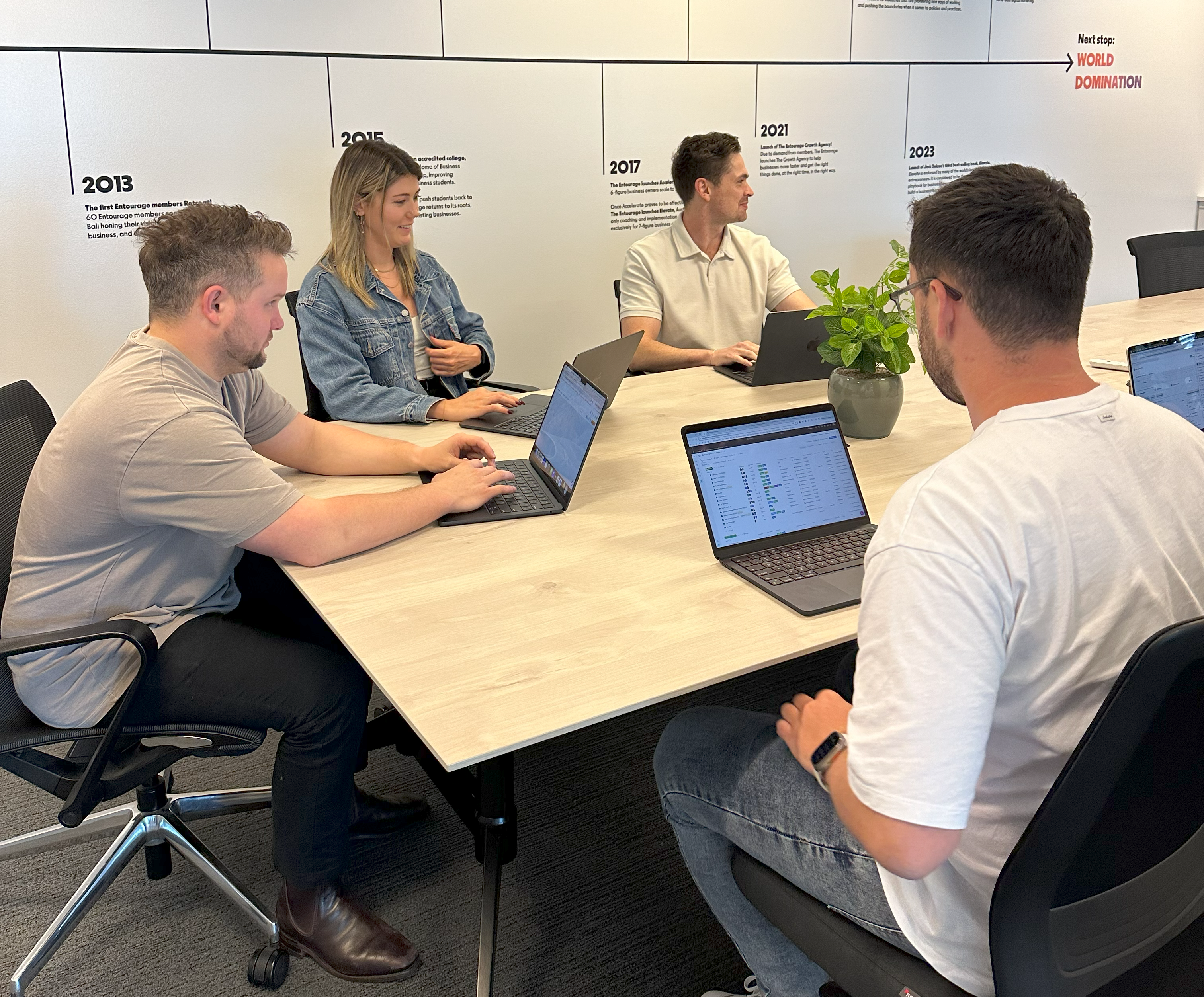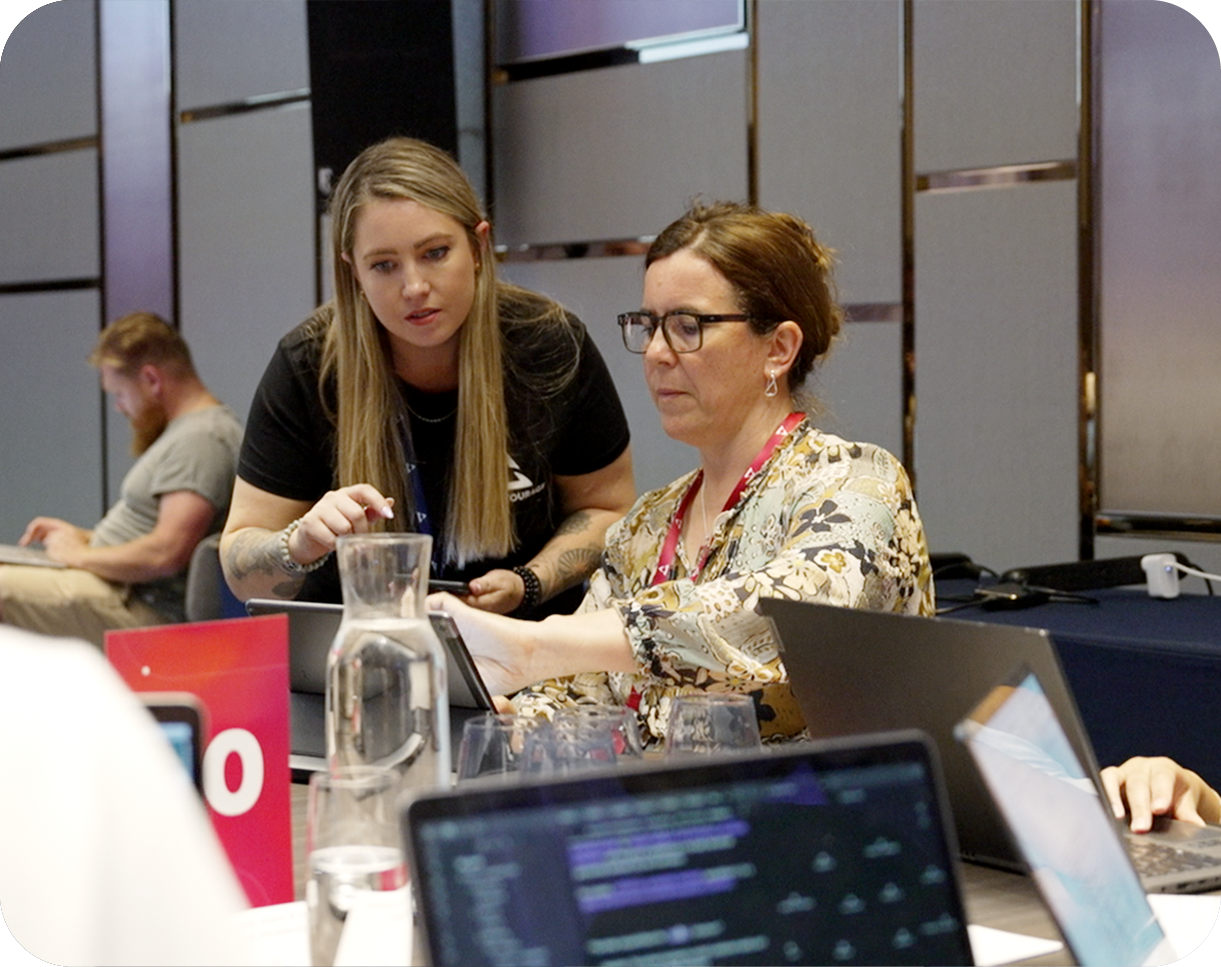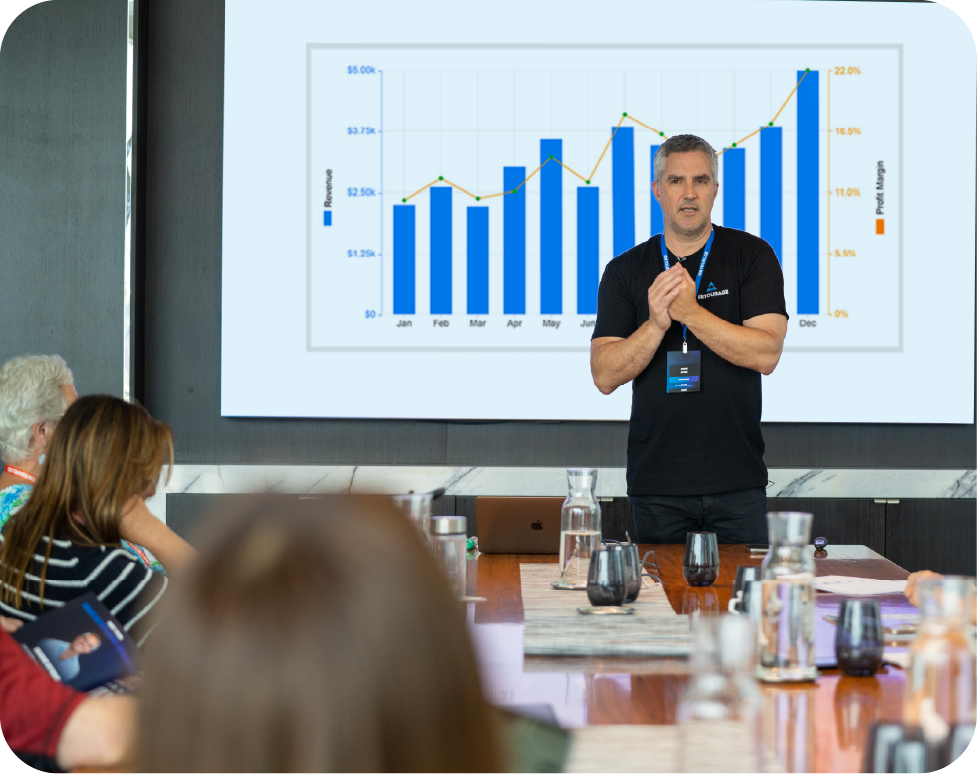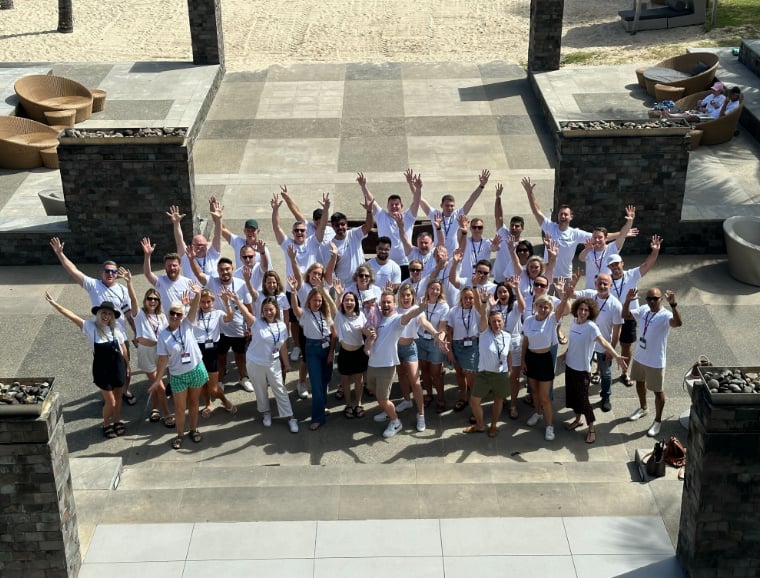- Clients in complex industries value contextual fluency and tailored communication
- Transparent processes matter more than early performance metrics
- Strong governance builds credibility and prevents trust erosion
- Long-term support planning is essential to sustaining client relationships
Trust isn't something you build after a strategy goes live. In high-stakes industries, it must come first, before timelines, deliverables, or even contracts. If you’re working with clients in sectors like healthcare, defence, or infrastructure, you already know that trust isn’t just nice to have. It’s a prerequisite for access, influence, and decision-making. Without it, you're an outsider trying to offer advice in a room full of risk managers.
These industries run on caution for good reason. A misstep doesn’t just cost money—it can damage reputations, trigger audits, or stall operations. Digital strategy firms working in these spaces must approach with respect for context, not just confidence in their capabilities. That means understanding the sector’s internal logic, knowing when to push and when to pause, and building credibility one brick at a time. Here's where that starts.
Understanding Client Context is the First Trust Builder
You can’t build trust if you don’t speak the language. And that doesn’t just mean acronyms or industry terms—it means fluency in how the organisation thinks, how it justifies investment, and what constraints shape its daily decisions. In complex industries, context is everything.
A finance firm operating under regulatory scrutiny has a very different decision-making model from a renewable energy startup juggling grant funding. The tone you use in strategy presentations, the depth of assumptions you outline, and even the structure of your discovery sessions all signal whether or not you “get it.” Clients can spot surface-level understanding instantly. And once they do, you’re out.
That’s why leading digital firms start by asking detailed, grounded questions. They don’t rush to pitch solutions—they stay in the problem space longer, mapping internal decision trees, identifying blockers, and adjusting language depending on the audience. C-suite stakeholders need a different narrative from frontline technical leads. When firms align their approach with these internal realities, clients begin to feel more at ease. Trust starts to form not from confidence, but from the feeling of being accurately seen.
The shift often happens quietly. A client stops using defensive language in meetings. They start sharing internal documentation without being asked. You’re no longer a service provider—they see you as part of the process. That only happens when you’ve taken the time to understand where they’re starting from.
Transparency Beats Performance Metrics Early On
It’s tempting to focus on outcomes. Early wins, clear metrics, impressive dashboards. However, for clients operating in complex environments, performance rarely matters more than process, at least not initially.
Digital strategy firms that prioritise transparency over results earn deeper trust. That doesn’t mean being vague or slow. It means being clear about unknowns, upfront about constraints, and deliberate in how decisions are made. The most trusted consultants don’t always have the answer, but they can always show their thinking.
This is especially true for firms like Opollo Technology Marketing, which often work in layered stakeholder environments. A detailed strategy means nothing if key people don’t feel safe backing it. That safety comes from traceability—being able to see how a recommendation was formed, where the data came from, and what assumptions underpin the advice.
Clients in regulated sectors must explain their decisions to those higher up the chain. If your strategy can’t be defended in a boardroom or withstand a compliance audit, it’s not helpful, no matter how smart it sounds. Firms that show their work—literally—by documenting rationale and sharing trade-offs are seen as more trustworthy than those who only present polished outcomes.
Transparency also means flagging risks before they become issues. If a proposed CRM integration depends on legacy system updates that the client hasn’t scoped, those must be surfaced. Not buried in footnotes. This level of openness can feel risky for some firms, especially those accustomed to leading with confidence. But in complex industries, admitting what you don’t know often earns more trust than pretending you know everything.
Governance, Not Growth, Makes or Breaks Relationships
A strategy can appear perfect on paper and still collapse in execution, often because governance wasn't established early. In complex industries, good governance isn’t just a project hygiene factor. It’s what clients use to measure reliability.
This starts with clearly defined roles and responsibilities. Who signs off on what? How are decisions escalated? What happens when scopes shift? Digital firms that clarify these points before they begin any real work avoid the confusion that often breeds distrust later on.
And it’s not just about formality. Internal stakeholders need reassurance that digital partners won’t bypass existing structures. You’re not walking into a flat startup hierarchy—you’re navigating multi-layered departments, internal politics, and accountability lines that may not be visible at first glance. Respecting that structure is key. Working around it, even with good intent, signals a lack of understanding.
Consistency also matters. Firms that rotate project leads mid-stream or change deliverable formats without warning quickly lose credibility. Continuity builds trust. It means showing up the same way every week, documenting decisions the same way every time, and never surprising a client with a new face or new process unless there’s an apparent reason.
Project timelines are essential, but not at the expense of structure. A week’s delay with proper documentation and aligned approvals is preferable to a fast deliverable that misses context or skips stakeholder input. In sectors like mining or health tech, speed without structure isn’t efficiency—it’s risk.
And when escalation paths are already clear, clients don’t panic when things wobble. They’ve seen that you know how to manage complexity. That’s the kind of trust that survives hiccups.
Trust Extends Beyond the Project Timeline
The end of a project isn’t the end of the relationship. In complex industries, how you handle the final 10% often matters more than the first 90. Strategy firms that focus on post-delivery continuity stand out because they view trust as a long-term investment.
This means taking handovers seriously, not just with a shared folder and a walkthrough video, but with real documentation that anticipates what happens after you leave. Clients remember whether or not they had to chase someone six months later to find a key piece of information. If they don’t, it’s usually because the original handover was thoughtful and complete.
Support structures matter too. Even when you’re no longer under contract, having a named contact for follow-up questions or roadmap discussions sends a message. It says the relationship was never just transactional. It says you’re still accountable.
In industries where tech adoption is slow and legacy systems are deeply ingrained, strategies often have long-lasting effects. What’s launched in year one might not be fully operational until year three. Clients know this. That’s why they look for firms that design their involvement with longevity in mind, not firms that vanish after the final invoice is paid.
Even small gestures—such as offering a six-month check-in or proactively flagging updates to tools you helped implement—reinforce reliability. Trust is cumulative. It builds through consistency, clarity, and care long after the project is over.
Why Trust Is the Strategy in High-Risk Sectors
In high-risk industries, clients aren't just assessing the quality of the work—they're also evaluating how it is approached. The strategies that succeed are the ones that stay usable under pressure, and the firms that deliver them are those clients believe will remain steady when things get complex.
That belief doesn't come from flash or speed. It comes from evidence. Firms that hold space for honest conversations, who flag potential blockers early, and who adjust their pace to fit the client's risk tolerance are seen as strategic partners, not just providers.
Digital transformation in these sectors doesn’t fail because of bad ideas. It fails when trust breaks down. A sharp insight won’t land if the stakeholder doesn’t believe in your intent. A good strategy can be shelved if the board doesn’t feel aligned. When firms invest in building trust from the start, those hurdles get smaller. Feedback loops shorten. Approval cycles accelerate. Resistance fades.
And while the outputs may look the same—a roadmap, a platform, a change framework—the outcome is very different. Because when trust is there, clients don't just use what you build. They commit to it.
Related Categories
Ryan Terrey
As Director of Marketing at The Entourage, Ryan Terrey is primarily focused on driving growth for companies through lead generation strategies. With a strong background in SEO/SEM, PPC and CRO from working in Sympli and InfoTrack, Ryan not only helps The Entourage brand grow and reach our target audience through campaigns that are creative, insightful and analytically driven, but also that of our 6, 7 and 8 figure members' audiences too.





